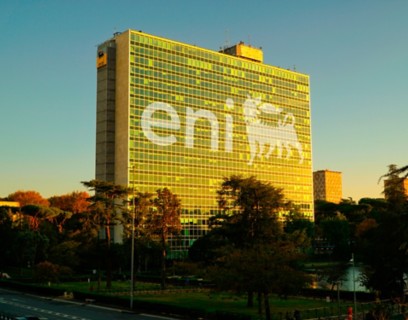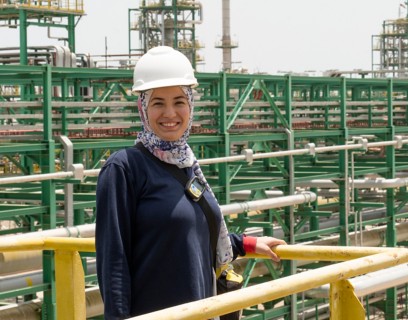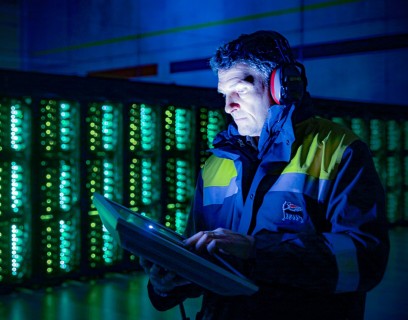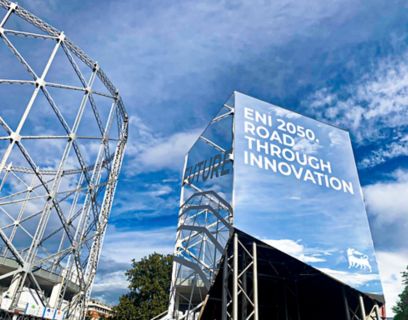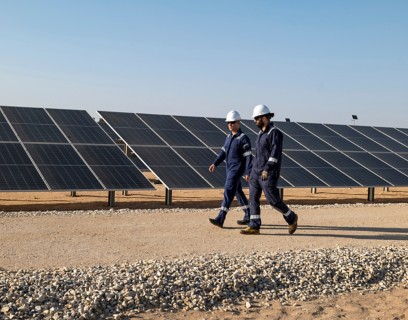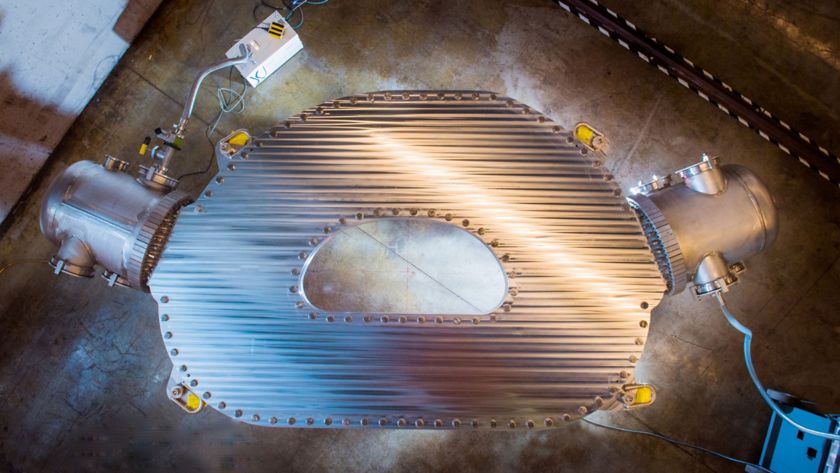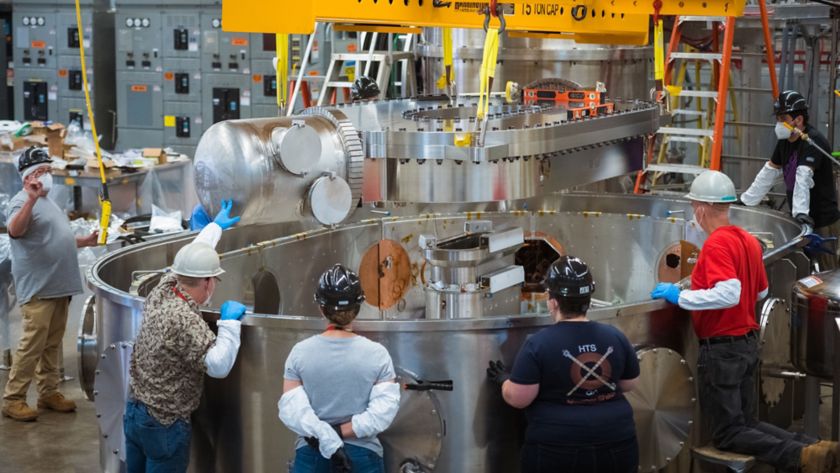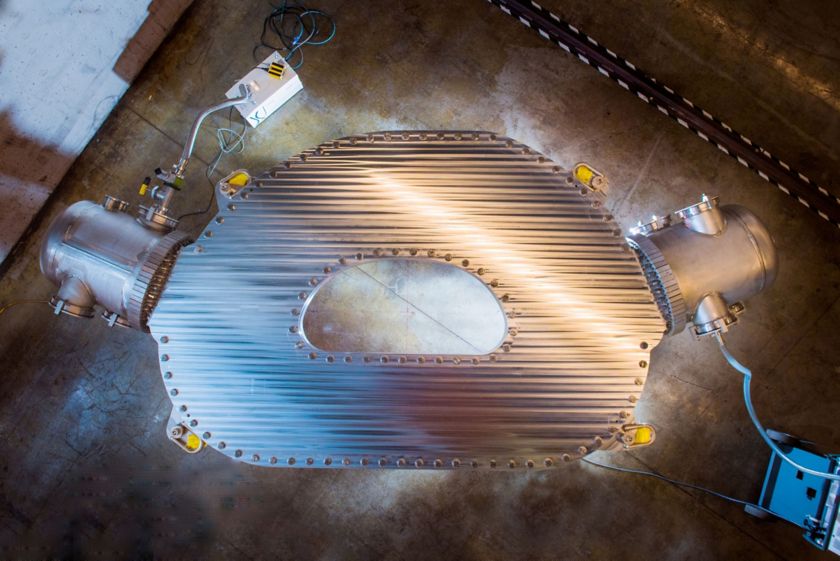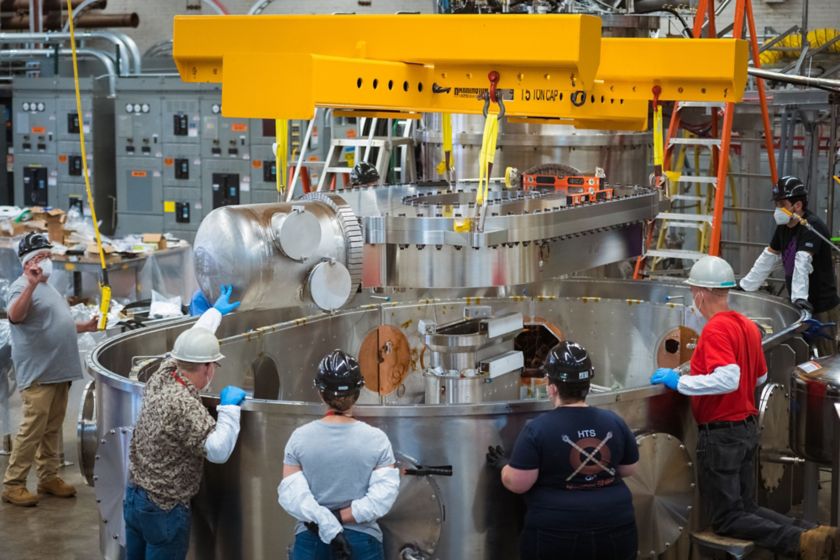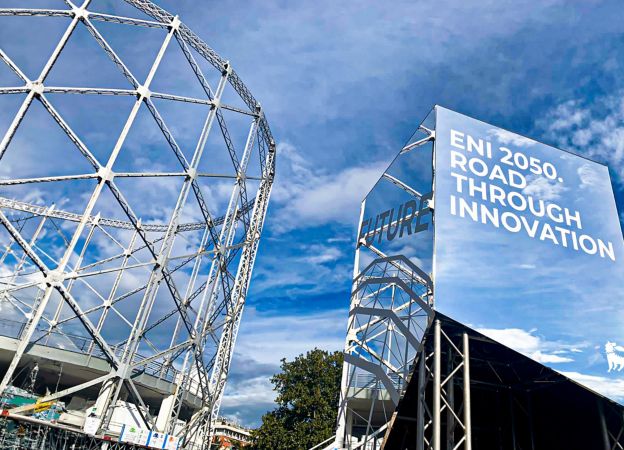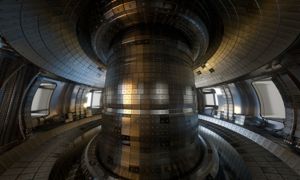- OPERATIONS
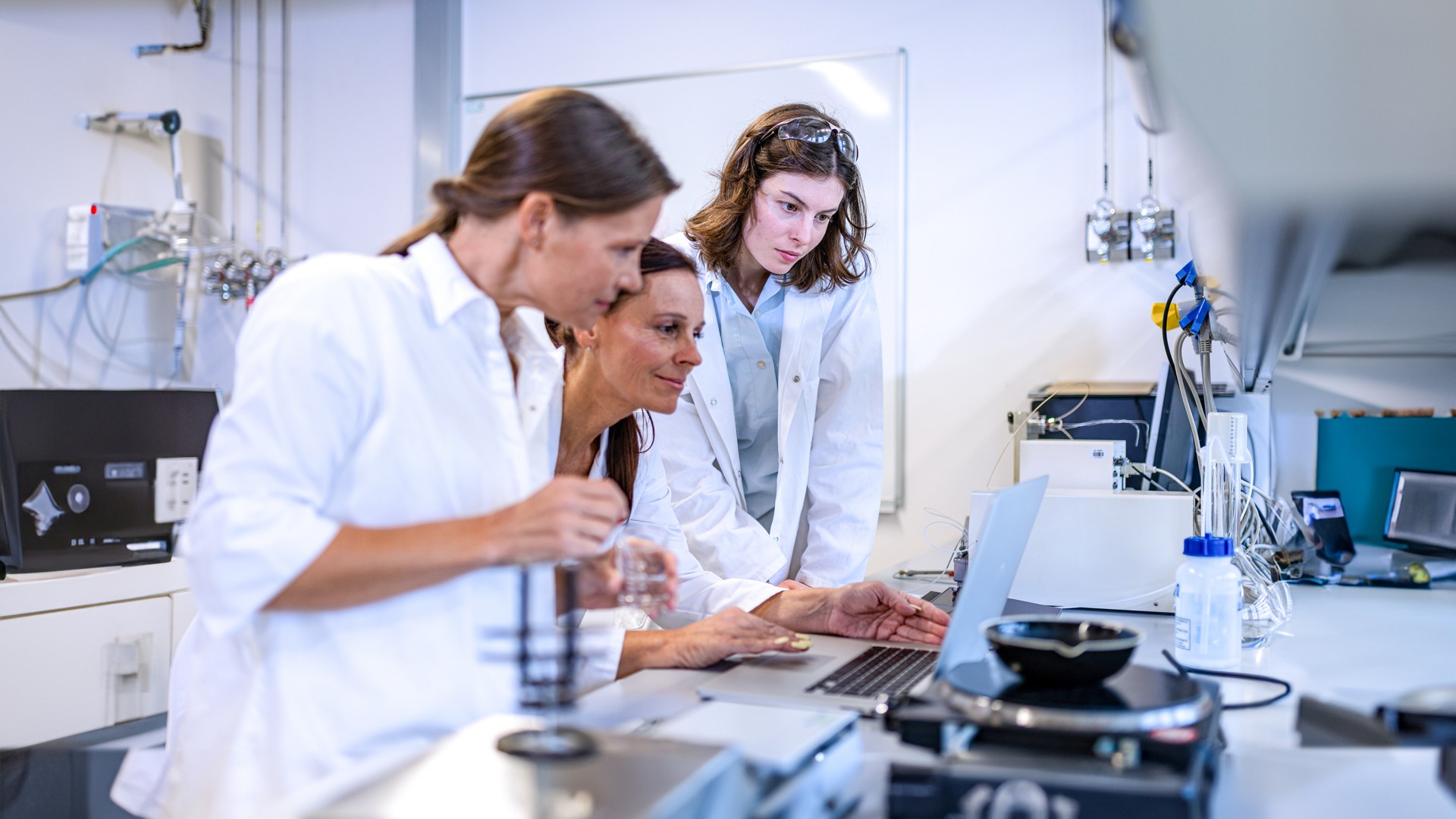
ENI collaboration with CFS
We collaborate with Commonwealth Fusion Systems (CFS) to accelerate the industrial development of magnetic confinement fusion. A milestone has already been reached with the testing of the first prototype magnet with high temperature superconductor (HTS) technology, a turning point on the way to the industrial application of this technology: CFS's goal is to have the first plant capable of feeding energy from fusion into the grid.
The industrial development of magnetic confinement fusion would make it possible to generate large amounts of zero-emission energy in a safe and virtually unlimited way. The type of reactor (tokamak) we are developing with CFS is compact and efficient and lends itself to widespread application integrated into a decarbonized energy mix.
Highlight
Some figures to outline the results of the partnership.
weight of one magnet
present in one magnet
present in the future SPARC experimental reactor
superconductor ribbons in a magnet
The technology developed by Commonwealth Fusion Systems
The magnetic confinement fusion reactors that have been designed in most research programmes use magnets with low-temperature superconductors (LTS), which require temperatures close to absolute zero (-273 °Celsius). However, this technology requires very large machines. The solution proposed by CFS, on the other hand, uses innovative industrial superconductors made from Rare Earth Barium Copper Oxide (ReBCO) which are known as High-Temperature Superconductors (HTS) because they “only” require temperatures of around - 253° Celsius. These superconductors can also create very strong magnetic fields. These differences make it possible to create reactors that are much more compact, simple and efficient compared to those designed until now.
Highlights of CFS technology
degrees Celsius temperature reached by the plasma inside the reactor
density of the magnetic flux density created by the magnets
operating temperature of the HTS superconductors
electric current intensity in the superconductors
degrees Celsius temperature reached by the plasma inside the reactor
density of the magnetic flux density created by the magnets
operating temperature of the HTS superconductors
electric current intensity in the superconductors
The stages of the partnership
Milestones in clean energy research.
Early Thirties
Mid Twenties
2023
2021
2018
ARC
CFS expects the experimental ARC reactor, capable of feeding energy into the grid, to come into operation in the early 2030s.
SPARC
CFS expects its SPARC experimental reactor to come into operation by the mid-2020s. The reactor is capable of handling and confining plasma and guaranteeing a positive net energy balance.
New partnership agreement
Eni and CFS sign a new agreement to accelerate the commercialisation of fusion power.
ReBCO Superconductors
CFS demonstrates that ReBCO high-temperature superconducting magnets are capable of generating a field with magnetic flux density of 20 Teslas.
Eni and CFS
Eni joins the Commonwealth Fusion System (CFS), an MIT spin-out.
Energy diversification, more sources for one energy type
To reach decarbonisation by 2050, our strategy includes a diversification of energy sources and the support of innovative technologies.




